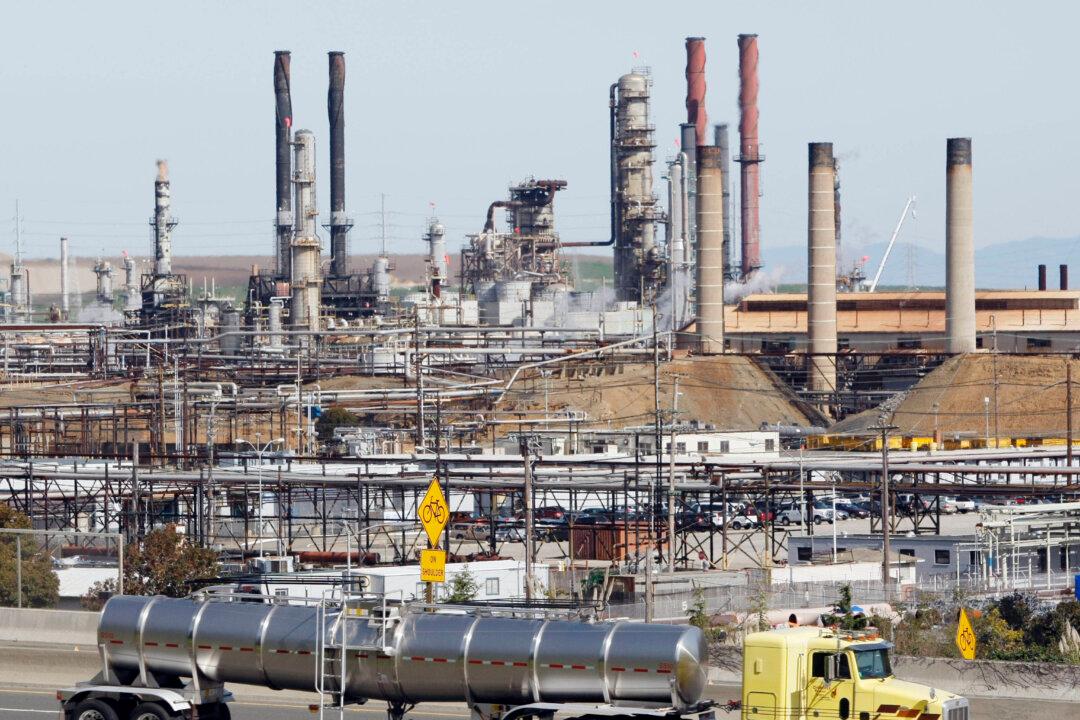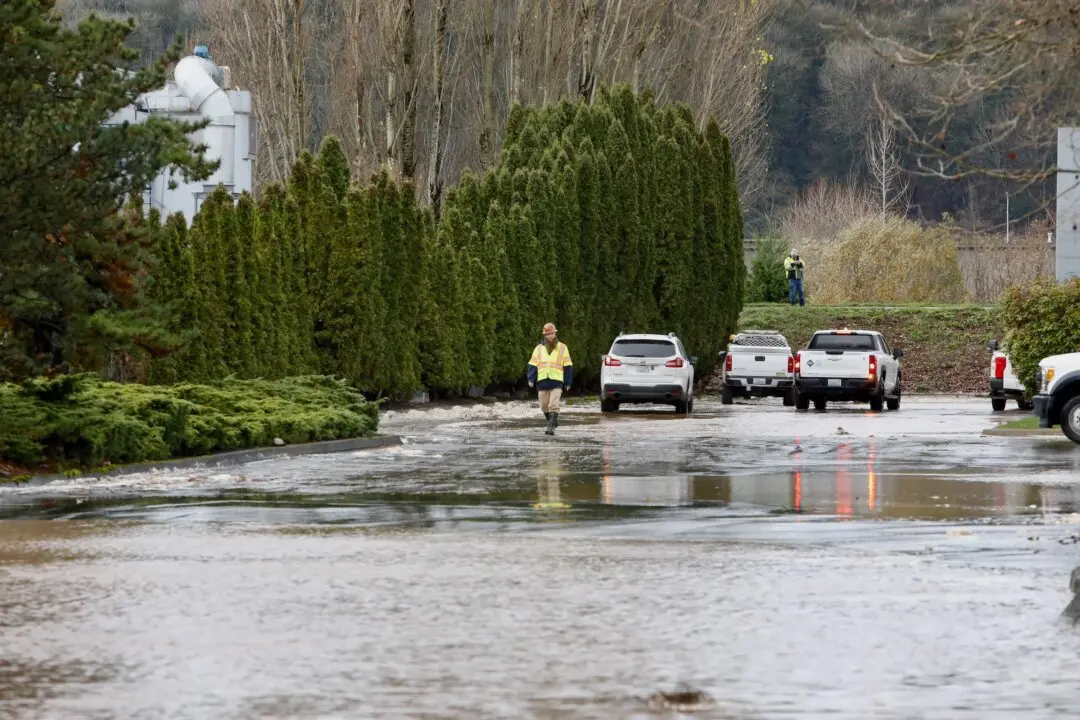WASHINGTON— The Obama administration has set a new national ozone standard, tightening limits on the smog-forming pollution linked to asthma and respiratory illness.
The Environmental Protection Agency will set a new standard of 70 parts per billion on Thursday, meeting a court-ordered deadline to act.
The new standard is below the current standard of 75 parts per billion but at the high end of a range announced by the EPA last fall.
The move fulfills a long-delayed campaign promise by President Barack Obama, but sets up a fresh confrontation with Republicans already angry about the administration’s plans to curb carbon pollution from coal-fired power plants and regulate small streams and wetlands.
Business groups said a new ozone standard is unnecessary and could jeopardize jobs.
But EPA Administrator Gina McCarthy said public health benefits far outweigh costs.
“Put simply, ozone pollution means it hurts to breathe for those most vulnerable: our kids, our elderly and those suffering from heart and lung ailments,” McCarthy said in a prepared statement obtained by The Associated Press. “Today’s action is one of the most important measures we can take for improving public health, reducing the costs of illness and protecting our children’s health.”
Environmental and public health groups called the action a step in the right direction, but said it did not go far enough.
“The level chosen of 70 parts per billion simply does not reflect what the science shows is necessary to truly protect public health,” said Harold Wimmer, president and CEO of the American Lung Association.
The lung association and other groups have pushed for an ozone limit of 60 parts per billion, saying it would have given Americans much greater health protections.
The updated standards will reduce exposure to dangerous ozone pollution and prevent thousands of asthma attacks, emergency room visits and even premature deaths, Janet McCabe, an acting assistant EPA administrator, said in an interview.
Public health benefits of the new standard are estimated at $2.9 billion to 5.9 billion annually as of 2025, compared with estimated annual costs of $1.4 billion, McCabe said.





